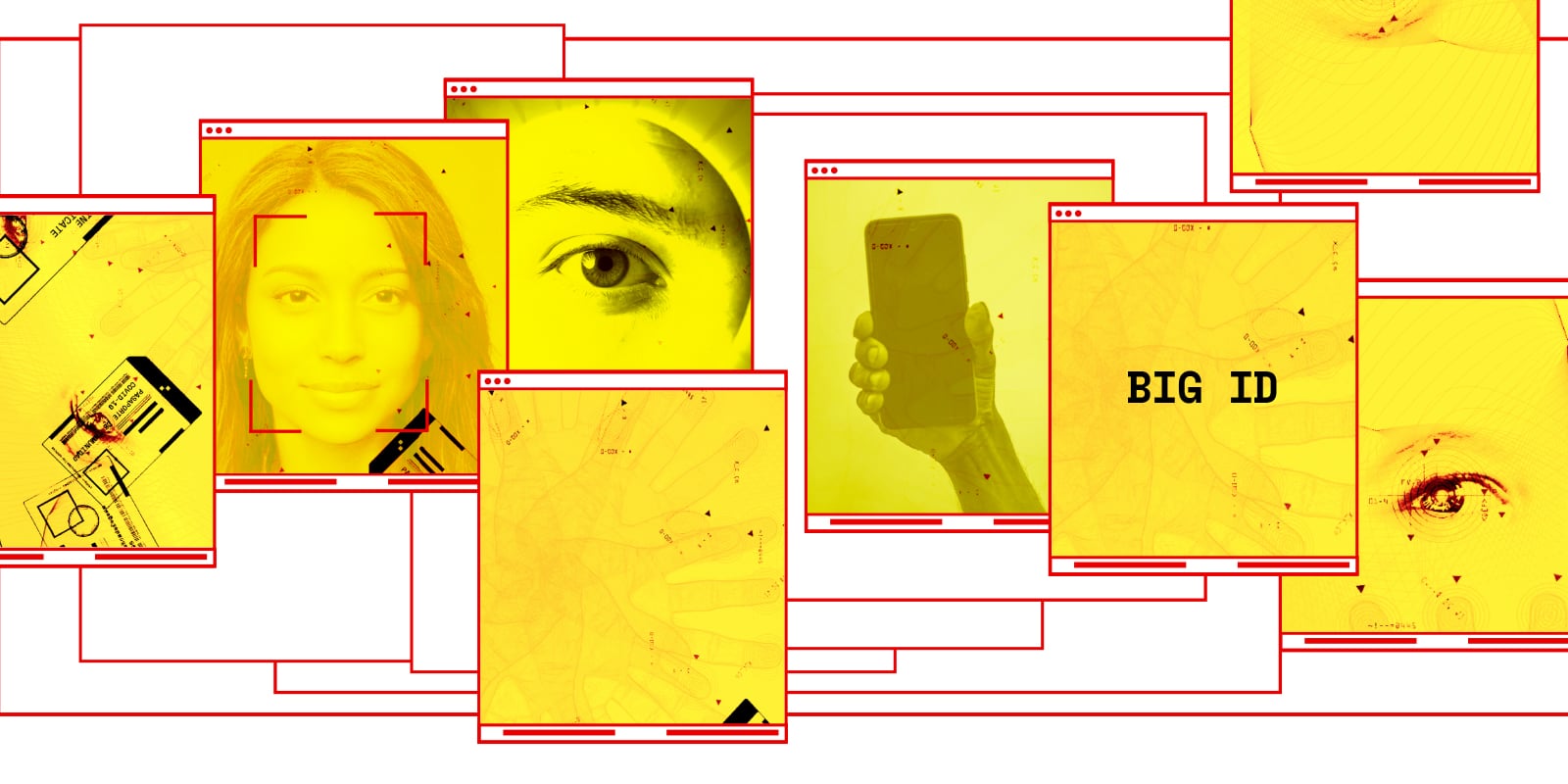Countries around the globe are building huge civil registration systems, modelled after existing Big ID programs, which endanger the human rights of the people they’re supposed to help — India’s controversial Big ID system, Aadhaar, is a shining example.
Similar to Big Tech, Big ID refers to the market of actors selling and profiting from digital identification systems and infrastructure.
Despite all the propaganda in favour of it, Aadhaar has had a disastrous impact on the lives of millions, as outlined in Access Now’s new report, Busting the dangerous myths of Big ID programs: cautionary lessons from India. It unpacks India’s experience over the past 10 years to help policy makers understand what is wrong with centralised, ubiquitous, data-heavy forms of digital identification, asking: why are they required? Read the full report, and the report snapshot.
“Aadhaar was catastrophic for human rights in India,” Ria Singh Sawhney, Asia Pacific Policy Fellow at Access Now. “We had multiple chances to stop, assess, and put human rights first, but we didn’t. And now we must collectively call on the governments around the world to not mirror our broken system.”
India’s experience with Aadhaar highlights how Big IDs — particularly when made mandatory for people to access public services — operate as a tool of exclusion, such as in Telangana, where a failed attempt to verify voters through Aadhaar left almost two million people disenfranchised. Yet Aadhaar continues to fly under the accountability radar. The lack of meaningful grievance redress mechanisms for a nation of 1.3 billion people has also been exposed, and the red lines laid down by the Indian Supreme Court are being openly flouted.
“If Indian authorities asked #WhyID? before rolling out Aadhaar, it would not be a tool for surveillance and exclusion as it is today,” said Namrata Maheshwari, Asia Pacific Policy Counsel at Access Now.
The new report highlights:
- Big ID is not needed to give people a legal identity: Who is identified is a political decision, how this is done digitally is a technical consideration. Digital ID often creates a barrier to someone being identified, potentially violating their legal right to identification.
- Big ID is not needed to establish the uniqueness of individuals: There is no reason people must be uniquely visible to governments at all times. People have a right to anonymity, and to choose how, and when, they want to appear to the state.
- Big ID creates a surveillance state: Big ID creates space for surveillance to flourish, as demonstrated by India’s Aadhaar system that demands identification numbers be used to link various databases.
India’s experience with Aadhaar underlines the dangers of these programs, and neighbouring Afghanistan is showcasing how truly perilous a centralised biometric database can be. Big ID myths must be debunked before these programs spread further.
Read the full report.
